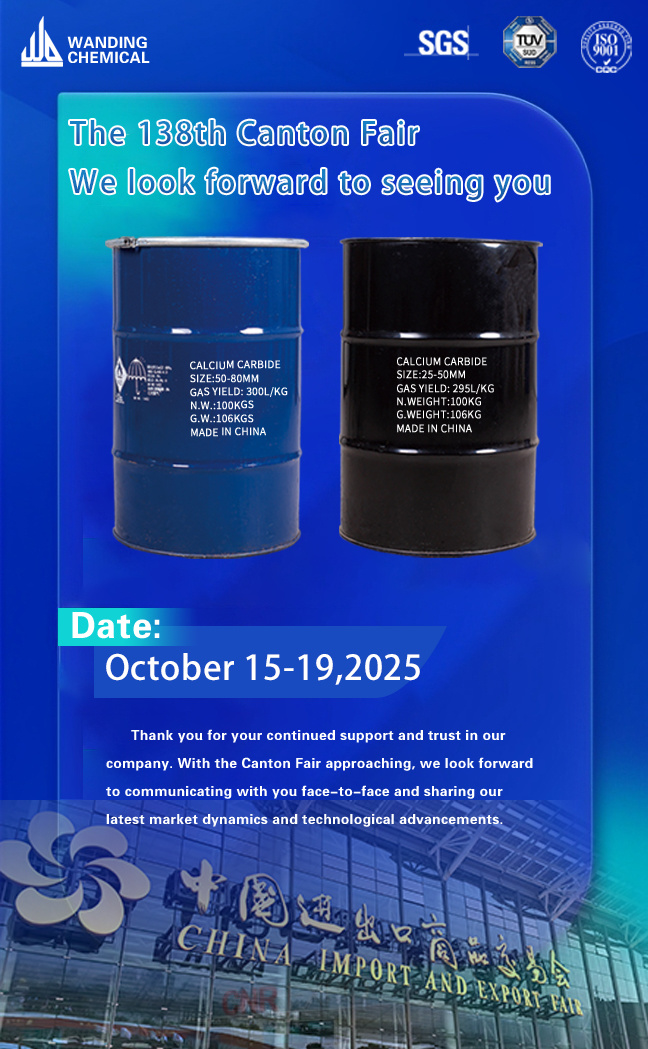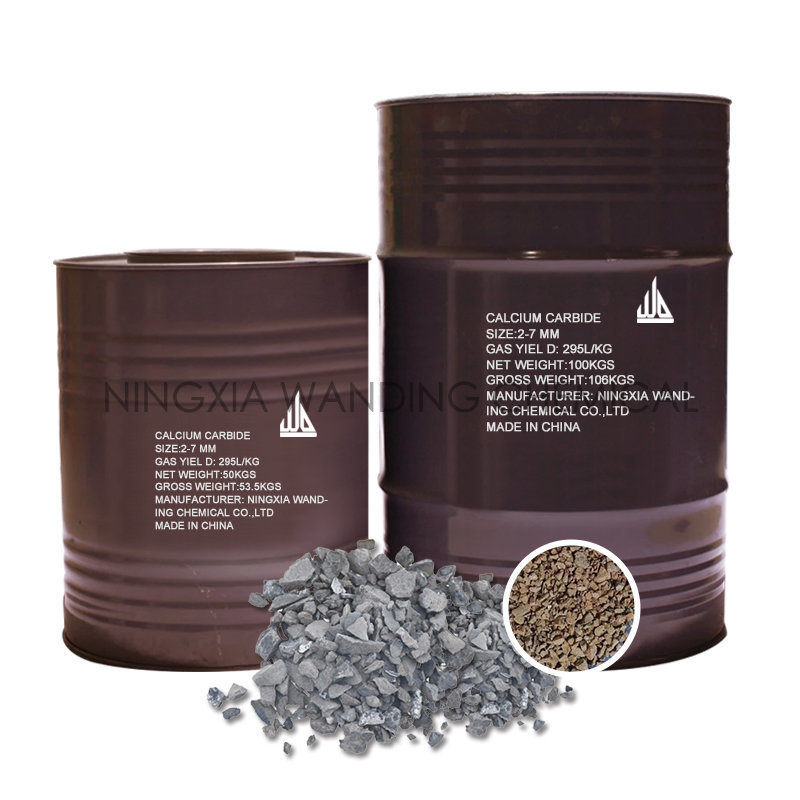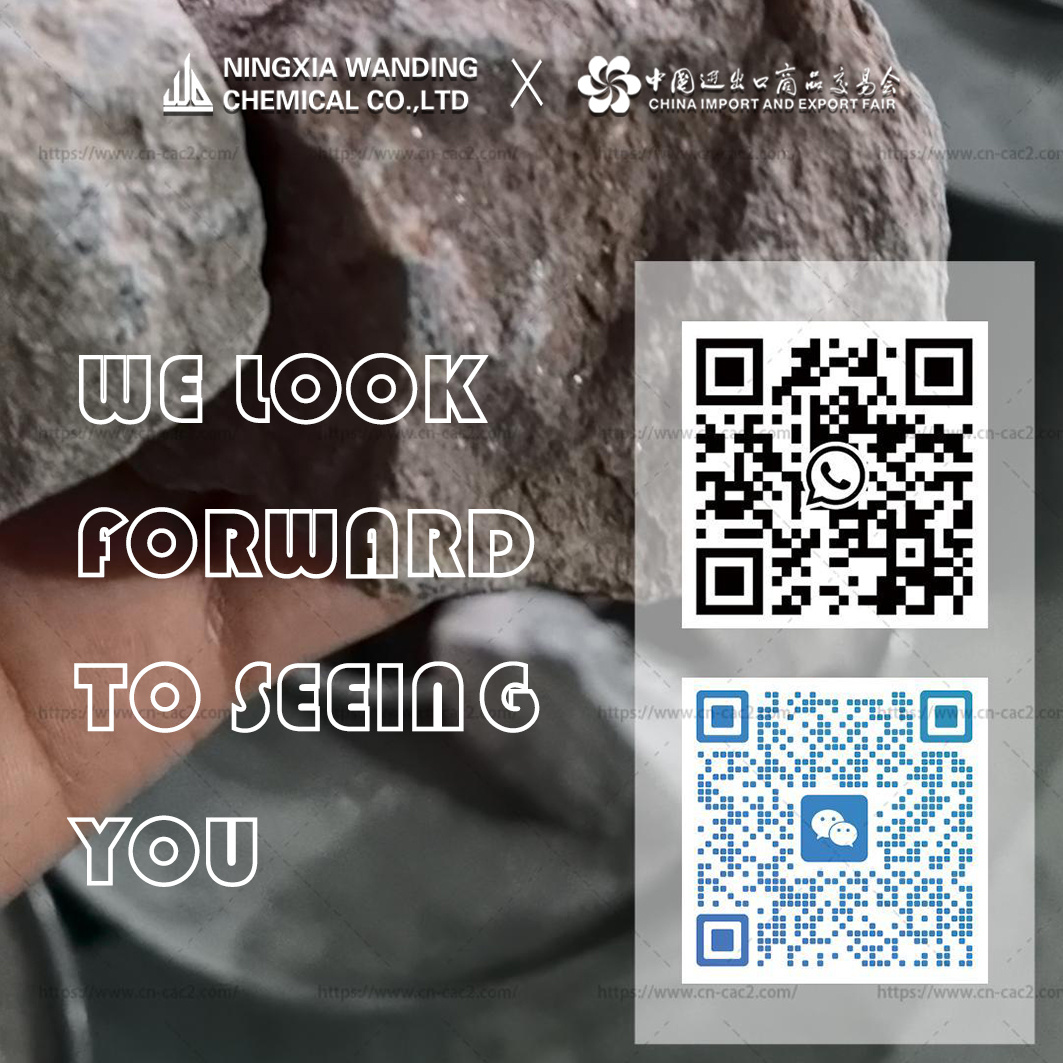Unlocking the Potential: Calcium Carbide in Metallurgical Processes
Release Time:
2025-02-05
Unlocking the Potential: Calcium Carbide in Metallurgical Processes Table of Contents What is Calcium Carbide? A Brief History of Calcium Carbide The Production Process of Calcium Carbide Metallurgical Applications of Calcium Carbide Calcium Carbide in Steel Production Benefits of Using Calcium Carbide in Metallurgy Environmental Considerations of Calcium Carbide T
Unlocking the Potential: Calcium Carbide in Metallurgical Processes
Table of Contents
- What is Calcium Carbide?
- A Brief History of Calcium Carbide
- The Production Process of Calcium Carbide
- Metallurgical Applications of Calcium Carbide
- Calcium Carbide in Steel Production
- Benefits of Using Calcium Carbide in Metallurgy
- Environmental Considerations of Calcium Carbide
- The Future of Calcium Carbide in Metallurgy
- Frequently Asked Questions
What is Calcium Carbide?
Calcium carbide The history of calcium carbide dates back to the late 19th century when it was first produced by the reaction of lime and carbon in an electric arc furnace. This groundbreaking discovery led to its widespread use in the manufacture of acetylene, which became the first practical source of artificial light. Over the years, calcium carbide's applications expanded beyond lighting, as industries began to explore its potential in metallurgy. The production of calcium carbide involves several key steps: Calcium carbide is utilized in several metallurgical applications, enhancing efficiency and performance in various processes: In the steel industry, calcium carbide plays a pivotal role. Its application as a deoxidizing agent helps to maintain the desired levels of carbon in the steel, which is essential for achieving the correct balance of hardness and ductility. By introducing calcium carbide into the steelmaking process, manufacturers can significantly enhance the quality of the final product. The use of calcium carbide in metallurgical processes offers numerous advantages: While calcium carbide is beneficial for metallurgical processes, it is essential to address the environmental impacts associated with its production and use. The main concerns include: To mitigate these risks, industries should invest in cleaner production technologies and effective waste management practices. The future of calcium carbide in metallurgy appears promising, with ongoing research aimed at enhancing its efficiency and reducing its environmental footprint. Innovations in production methods, such as the use of renewable energy sources and improved waste management systems, are likely to play a crucial role in the compound's continued relevance in the metallurgical industry. Calcium carbide is primarily used as a deoxidizing agent, a fluxing agent, and a precursor in the production of carbide materials. Calcium carbide is produced by heating limestone and petroleum coke in an electric arc furnace at high temperatures, leading to a chemical reaction that forms calcium carbide. The production of calcium carbide can lead to significant carbon emissions and the generation of toxic byproducts, necessitating careful environmental management. Yes, by acting as a deoxidizer and fluxing agent, calcium carbide helps to improve the quality of steel by removing impurities and maintaining appropriate carbon levels. Calcium carbide is crucial in steelmaking for its ability to enhance the mechanical properties of steel, making it stronger and more ductile. In conclusion, calcium carbide is an indispensable component in metallurgical processes, particularly in the steel industry. Its role as a deoxidizing agent, fluxing material, and precursor for carbide production not only improves the quality of metals but also enhances the efficiency of manufacturing processes. Despite the environmental concerns associated with its production, ongoing advancements in technology and sustainability practices promise a future where calcium carbide continues to thrive in metallurgy, revolutionizing how metals are processed and utilized.
A Brief History of Calcium Carbide
The Production Process of Calcium Carbide
Metallurgical Applications of Calcium Carbide
Calcium Carbide in Steel Production
Benefits of Using Calcium Carbide in Metallurgy
Environmental Considerations of Calcium Carbide
The Future of Calcium Carbide in Metallurgy
Frequently Asked Questions
1. What are the primary uses of calcium carbide in metallurgy?
2. How is calcium carbide produced?
3. What are the environmental impacts of calcium carbide production?
4. Can calcium carbide improve the quality of steel?
5. What is the importance of calcium carbide in the steelmaking process?
Conclusion
News Hotspot




















